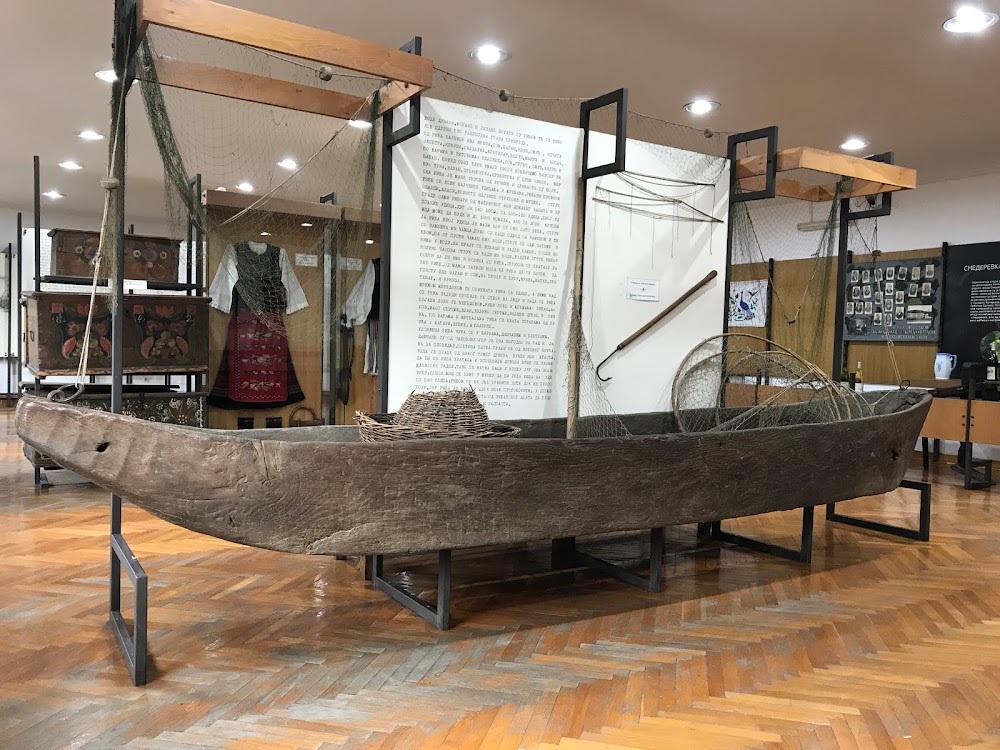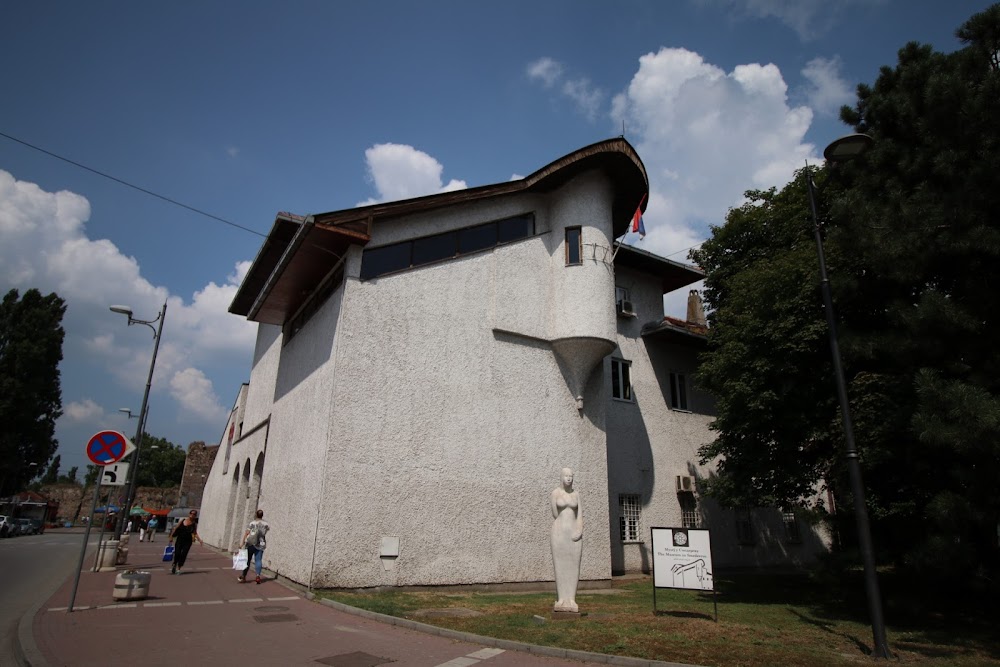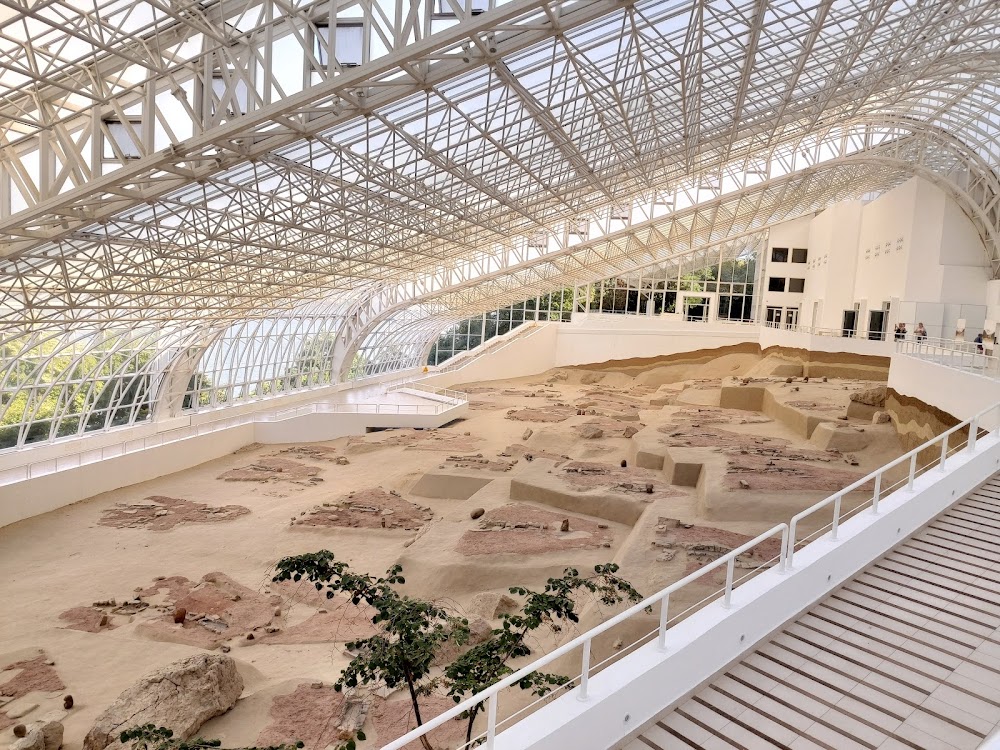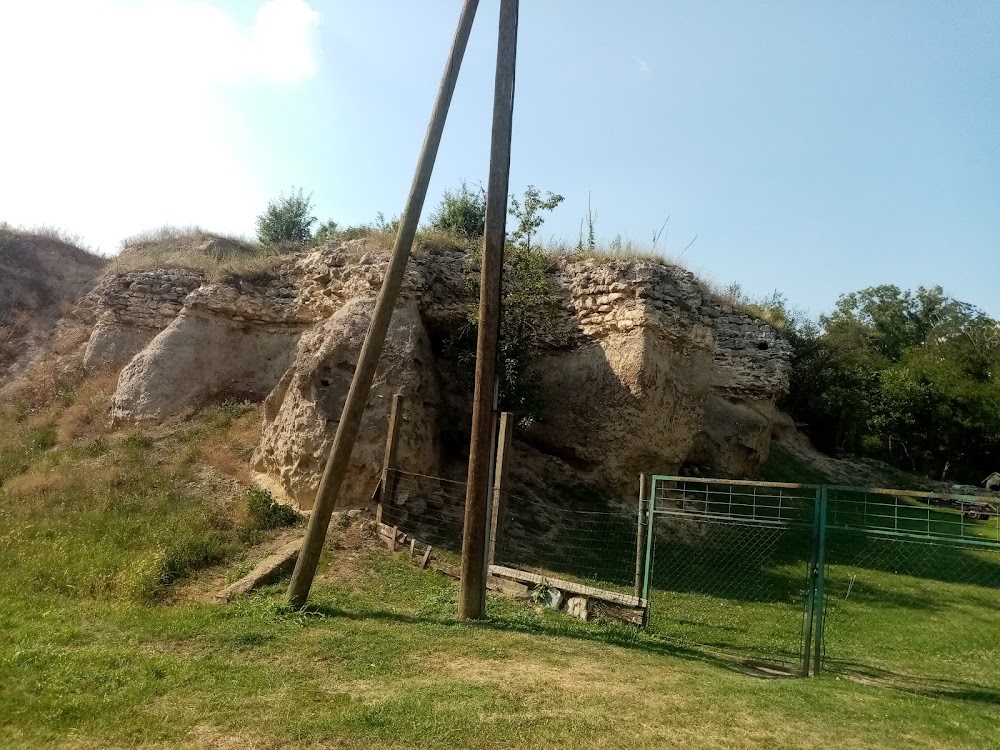Smederevo Museum (Музеј у Смедереву)
Related Places
Overview
The Smederevo Museum, nestled in the heart of Serbia's Podunavlje District, invites visitors to explore the captivating history of this ancient region through its extensive collections and exhibitions. Officially founded in 1956, the museum is a testament to the longstanding commitment to preserving the rich heritage of Smederevo and its surroundings.
Housed in a historic building on Karadjordjeva Street, the museum itself exudes charm and authenticity. This architectural monument harmoniously blends elements from various periods and styles, reflecting the diverse history that resides within its walls.
Upon entering the Smederevo Museum, you embark on a remarkable journey through time. The exhibits are thoughtfully curated to showcase the region's evolution, spanning from ancient times through the medieval period and into the modern era. A standout feature is the collection of Roman artifacts, including rare coins, tools, and everyday items that offer a fascinating glimpse into life during the Roman Empire.
The medieval section of the museum deserves special attention, particularly for its in-depth focus on the Smederevo Fortress. Built in the 15th century by Despot Đurađ Branković as a defense against Ottoman invasions, the fortress played a pivotal role as the capital of the Serbian Despotate. The museum showcases detailed models, weapons, and other artifacts from this period, effectively illustrating the daily life and military strategies of the time.
Another highlight of the museum is its ethnographic collection, which features traditional Serbian clothing, household items, and agricultural tools. This section vividly emphasizes the customs and daily lives of local people over the centuries. The vibrant traditional costumes and intricately crafted handicrafts paint a rich picture of the region's cultural heritage.
The art department of the Smederevo Museum is equally impressive, boasting works by renowned Serbian painters and sculptors, alongside folk art that embodies the spirit and creativity of the local populace. This extensive collection not only showcases the artistic achievements of the region but also preserves aesthetic traditions passed down through generations.
Behind the scenes, the Smederevo Museum is supported by a dedicated team of historians, archaeologists, and curators who work diligently to preserve and study the artifacts in their care. Their efforts often involve archaeological excavations, research initiatives, and collaborations with other institutions, ensuring that the museum's collections remain dynamic and relevant.
Over the years, the museum has expanded its facilities and modernized its exhibitions to enhance the visitor experience. The introduction of interactive displays, multimedia presentations, and educational programs for both schoolchildren and adults has made the museum a vital resource for cultural enrichment in the community.
Furthermore, the Smederevo Museum plays a crucial role in the local community by hosting a variety of cultural events, lectures, and temporary exhibitions that celebrate and explore different facets of Serbian history and culture. These initiatives cultivate a sense of pride and connection among residents of Smederevo and the broader Podunavlje District.
As you wander through the halls of the Smederevo Museum, a profound connection to the past unfolds. Each room, artifact, and exhibit tells a story that has significantly shaped the identity of this vibrant region. From ancient Roman relics to medieval fortress artifacts, and from traditional Serbian costumes to stunning works of art, the museum offers a comprehensive and captivating exploration of Smederevo's rich and diverse heritage.
Visiting the Smederevo Museum is more than an educational experience; it is a journey that brings the history of the Podunavlje District to life, allowing visitors to truly appreciate the depth and breadth of Serbia's cultural legacy.







